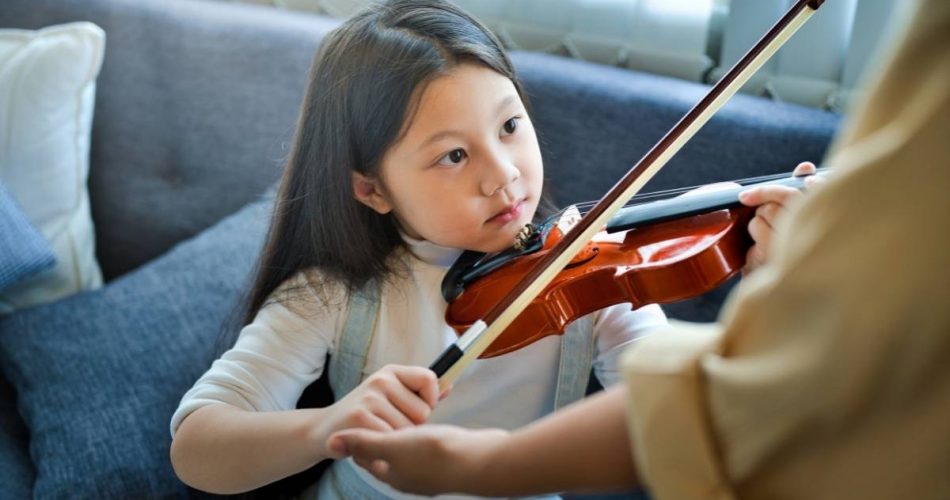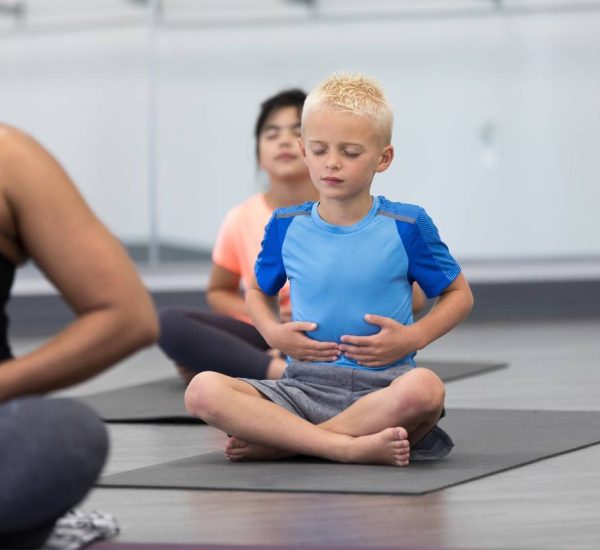The popularity of stringed instruments was in decline in the years leading up to the pandemic. But, with the lockdowns came a renewed passion for learning new skills and taking up new hobbies. This was seen with a number of instruments, but mostly with stringed types such as the violin.
The enforced time indoors also saw guitar sales reach record levels as people decided to learn a new instrument. The demand for violins was far higher than anticipated during this period too. The global violin market value is expected to be around $340.3 million in 2022. This sector is predicted to keep growing at a CAGR of 2.3% until 2028.
The violin is a classic instrument that has never gone out of style and indeed has been used across a wide variety of musical genres. Ed Sheeran, Clean Bandit, Beatles, U2, and Pink Floyd, have all incorporated the violin into their music.
So, if you want to join the growing ranks of violinists, how do you select the right violin to buy, and from where?
At what age should someone start the violin?
Before you decide to buy a violin, perhaps you should ask whether it is right for you, or your child. Are you too old, or do you think your child is too young to learn?
The violin is a common first instrument for a child to learn, and very young children have been taught to play it. However, if you are looking for your toddler to start the violin you should understand that much supervision and patience will be needed.
As a rule of thumb, perhaps 5 – 7 years old is a good age to learn. A child of around 7 will be somewhat more mature than a 4-year-old, and they will have a higher reading ability. Music is excellent for brain development, so discovering an instrument at a young age can be highly beneficial.
As for adults and older generations, it is rarely too late to try to learn something new. There are health benefits to playing the violin that involves motor functions and cognitive skills plus improved memory. So, if you want to learn the violin, go for it.
Is the violin easy to learn?
Learning the violin takes a certain amount of motivation as at times progress can seem tough. Nevertheless, millions of people across the world enjoy playing this stringed instrument.
One of the ways you can make homeschooling fun is to introduce music and instruments. Making lessons enjoyable will help with progress, and make learning seem less of a chore.
As far as time is concerned it can take months before an individual understands the violin and a few years before they can play music well. Some experts say that a professional level can be reached in around 10 years.
How do you choose a violin?
You have decided that the violin is the instrument for you, or your child has shown an interest in learning. Now you need to know how to buy the right violin, and where from.
There are many elements to consider when buying a violin or any other instrument. Carry on reading for a violin buyer’s guide and other aspects involved with learning this wonderful instrument.
The cost of a violin
The price and quality of commercially available violins vary quite dramatically. Most experts will tell you something similar; buy the best quality violin that you can afford.
You don’t need to consider a violin as something that will depreciate, so it makes sense to choose a well-made instrument from a known manufacturer. However, the price associated with violins can be off-putting.
The most valuable violin in the world sold for $20,000,000. The Messiah Stradivarius is said to have never been played despite being 300 years old. But don’t panic, there are much more affordable options.
A beginner violin could cost around $600, moving up to an intermediary level at $1,500. A professional class violin can cost far more. Yet, there are affordable options on the market for those on tighter budgets. The Bunnel Premier Violin Outfit for instance would suit a novice and comes with accessories including a carry case for around $300.
The size of the violin
Violins come in a total of nine different sizes. Children may graduate to playing a full size (4/4) around the age of 12. The smallest size is 1/32 and is most suitable for children of 5 years or under.
Choosing the right size violin will be based on the age of the player and their arm’s length. For example, a full-size violin needs an arm’s length of 23 inches. Playing a violin that is the wrong size can lead to frustration. The wrong sized violin can even cause injury.
A reputable violin dealer or teacher can help you to choose the right-sized instrument.
Buy from a reputable vendor
There are many benefits to using a music dealer with a good reputation for your purchase. One is that they may have a return policy in place which will help you to select the perfect violin. Many people find that they need to try out more than one violin before they find the right one. Some dealers have a return policy in place to allow you to try the violin as long as it is kept in the same condition as it was sold in.
Craftsmanship
Look at the seams of the violin and check that there are no rough edges or visible glue. The scroll is also a good indicator of quality. The better the carving on the scroll the higher the quality of the violin.
Check the warranty
If you are buying a new violin you should expect some form of warranty to be in place. Look for a minimum of 1 year on the warranty policy. Some manufacturers offer a lifetime warranty but these are on higher-end instruments.
Should you consider a second-hand violin?
One way to lower the cost of buying a musical instrument is to look for a second-hand option. Many people start playing the guitar this way with no issues.
There is no reason per se not to consider a second-hand violin, and dollar-for-dollar, you could end up with a better instrument than if you bought a new one. But, there are considerations to be had.
If you buy a second-hand violin you need to know that it has been looked after and is in excellent condition. If you are new to violins then you may need to ask someone more experienced to look at the instrument for you. Buying a secondhand violin comes with the risk that you may need to make costly repairs.
Did you know you can rent a violin?
A different option to consider is to rent a violin. The truth is, many new hobbies get abandoned quickly. It is estimated that 85% of people who are learning a new musical instrument will stop within 2 years.
With this in mind, it could make sense to rent a violin at first to see if your child enjoys playing. Another factor to consider is that your child will need to replace their violin as they grow. This could see you potentially buying 3 or 4 violins as they move toward full size.
Renting a violin would cost between $15 and $50 depending on the quality of the instrument, but it could save money in the long-term, or be an effective entry-point strategy for a novice.
The health benefits of music and the violin
Music has been proven to be highly beneficial for mental well-being. Music can affect anxiety and symptoms of depression, and lift the mood. Playing an instrument has other benefits too.
Playing the violin can affect the following areas:
- Posture
- Coordination
- Endurance
- Resilience
- Patience
- Concentration
- Hand strength
- Upper body strength
- Confidence
- Balance
It takes time to learn to play the violin, and this can mean learning to concentrate, and have patience, but also gaining a sense of achievement when goals are met. Confidence can go through learning new pieces, and your social life could improve too.
Can you teach yourself the violin?
Education changed dramatically due to Covid. Schools were shut down, and remote learning became the norm for many. Even now, homeschooling and online learning are being used more. For a musical instrument though, having a tutor is usually the route taken.
You could, though, learn an instrument at home. Is homeschooling or distance learning better for the violin? Well, this may depend on the student and the teacher’s personal circumstances.
It is possible to use online learning to get the basics of the violin. If you are a violin player yourself, then you could be in a position to teach your child at home too. The biggest problem here is that bad habits could be taught.
Another option might be to bring in a music tutor regularly to the home to teach professionally. Many professional musicians have used tutors to learn at the beginning before moving on to study by themselves. Without some type of teacher in place, you could find that you never learn proper playing technique though.
Summary
Buying any musical instrument as a novice can be a little daunting. Not knowing what you are looking for makes the whole process tricky. But, visiting a reputable music dealer should help to make your purchase easier.
Ask to hear the instrument being played, ask them about their return policy, and ask for help with choosing the right-sized violin. They can explain the materials used in the violin, and the craftsmanship involved.
Once you have bought your violin it will be down to you. Practice is the only way you will see the true benefit of owning a violin, but the investment can last a lifetime.




